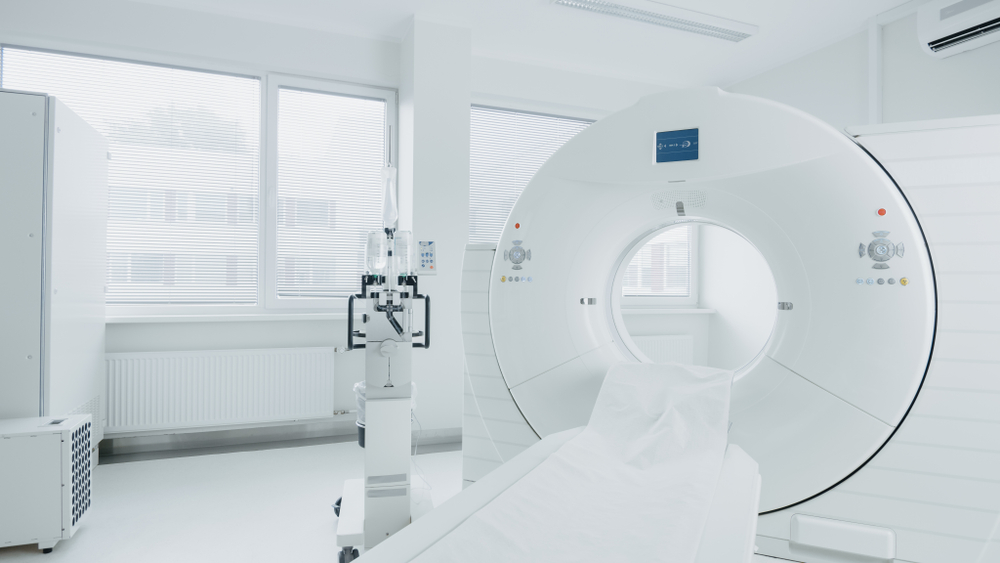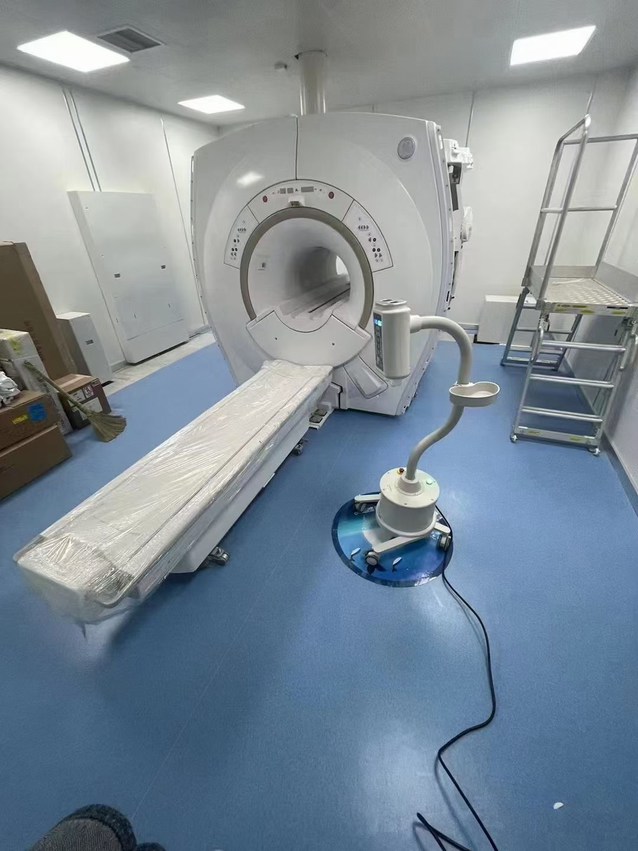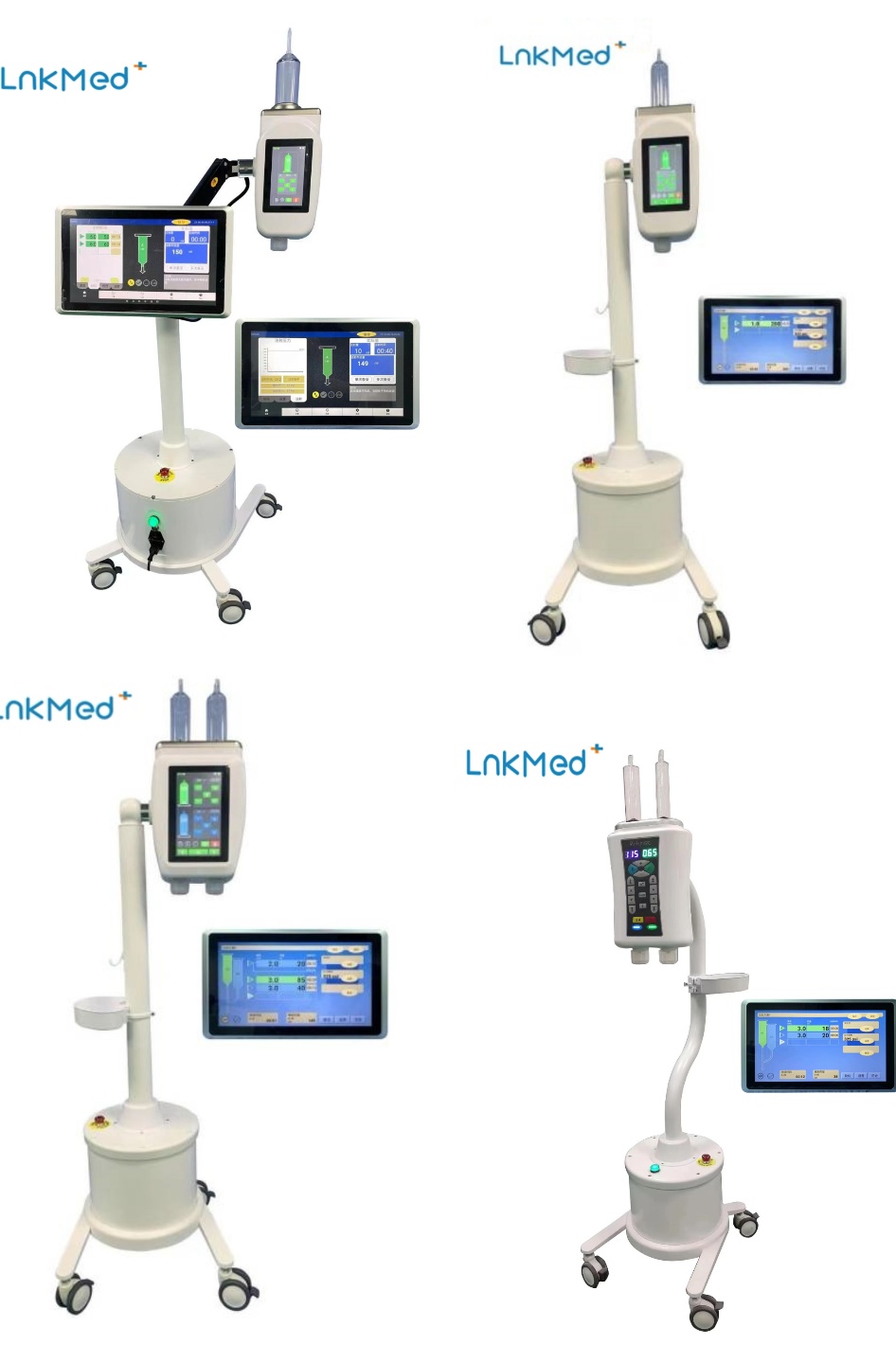Magnetic field uniformity (homogeneity), also known as magnetic field uniformity, refers to the identity of the magnetic field within a specific volume limit, that is, whether the magnetic field lines across the unit area are the same. The specific volume here is usually a spherical space. The unit of magnetic field uniformity is ppm (part per million), that is, the difference between the maximum field strength and the minimum field strength of the magnetic field in a specific space divided by the average field strength multiplied by one million.
MRI requires a high degree of magnetic field uniformity, which determines the spatial resolution and signal-to-noise ratio of the image in the imaging range. The poor uniformity of magnetic field will make the image blurred and distorted. The magnetic field uniformity is determined by the design of the magnet itself and the external environment. The larger the imaging area of the magnet, the lower the magnetic field uniformity can be achieved. The stability of the magnetic field is an index to measure the degree of drift of the magnetic field intensity with time. During the period of the imaging sequence, the drift of the magnetic field intensity will affect the phase of the repeated measured echo signal, resulting in image distortion and signal-to-noise ratio decrease. The stability of the magnetic field is closely related to the type of magnet and the quality of the design.
The provisions of the magnetic field uniformity standard are related to the size and shape of the measurement space taken, and generally use the spherical space with a certain diameter and the center of the magnet as the measurement range. Usually, the representation of the magnetic field uniformity is in the case of a certain measurement space, the change range of the magnetic field intensity in the given space (ppm value), that is, one millionth of the main magnetic field strength (ppm) as a deviation unit to quantitatively express, usually this deviation unit is called ppm, which is called absolute value representation. For example, the uniformity of the magnetic field within the entire scanning check aperture cylinder is 5ppm; The magnetic field uniformity in the sphere space of 40cm and 50cm concentric with the magnet center is 1ppm and 2ppm, respectively. It can also be expressed as: the uniformity of the magnetic field in the cube space of each cubic centimeter in the specimen area under test is 0.01ppm. Regardless of the standard, under the premise that the measurement sphere size is the same, the smaller the ppm value indicates the better the magnetic field uniformity.
In the case of a 1.5-tMRI device, the drift fluctuation of magnetic field strength represented by one unit of deviation (1ppm) is 1.5×10-6T. In other words, in a 1.5T system, a magnetic field uniformity of 1ppm means that the main magnetic field has a drift fluctuation of 1.5×10-6T (0.0015mT) based on the background of the 1.5T magnetic field strength. Obviously, in MRI equipment with different field strengths, the variation of magnetic field intensity represented by each deviation unit or ppm is different, from this point of view, low field systems can have lower requirements for magnetic field uniformity (see Table 3-1). With such a provision, people can use the uniformity standard to easily compare systems with different field strengths, or different systems with the same field strength, in order to objectively evaluate the performance of the magnet.
Before the actual measurement of the magnetic field uniformity, it is necessary to accurately determine the center of the magnet, and then arrange the field intensity measuring instrument (Gauss meter) probe on the space sphere of a certain radius, and measure its magnetic field intensity point by point (24 plane method, 12 plane method), and finally process the data to calculate the magnetic field uniformity within the entire volume.
The uniformity of the magnetic field will change with the surrounding environment. Even if a magnet has reached a certain standard (factory guaranteed value) before leaving the factory, However, after installation, due to the influence of environmental factors such as magnetic (self-) shielding, RF shielding (doors and Windows), waveguide plate (tube), steel structure between magnets and supports, decoration decoration materials, lighting fixtures, ventilation pipes, fire pipes, emergency exhaust fans, mobile equipment (even cars, elevators) next to upstairs and downstairs buildings, its uniformity will change. Therefore, whether the uniformity meets the requirements of magnetic resonance imaging should be based on the actual measurement results at the time of final acceptance. The passive field levelling and the active field levelling of the superconducting coil done by the installation engineer of the magnetic resonance manufacturer in the factory or hospital are the key measures to improve the uniformity of the magnetic field.
In order to spatially locate the collected signals in the scanning process, the MRI equipment also needs to superimpose the gradient magnetic field △B with continuous and increasing changes on the basis of the main magnetic field B0. It is conceivable that the gradient field △B superimposed on a single voxel must be greater than the magnetic field deviation or drift fluctuation caused by the main magnetic field B0, otherwise it will change or even annihilate the above spatial positioning signal, resulting in artifacts and reducing the imaging quality.
The greater the deviation and drift fluctuation of the magnetic field generated by the main magnetic field B0, the worse the uniformity of the magnetic field, the lower the image quality, and the more directly related to the lipid compression sequence (the resonance frequency difference between water and fat in the human body is only 200Hz) and the success of magnetic resonance spectroscopy (MRS) inspection. Therefore, magnetic field uniformity is one of the key indicators to measure the performance of MRI equipment.
—————————————————————————————————————————————————————————————————————————————————————————-
High-pressure contrast media injectors are also very important auxiliary equipment in the field of medical imaging and are commonly used to help medical staff deliver contrast media to patients. LnkMed is a manufacturer located in Shenzhen that specializes in manufacturing this medical equipment. Since 2018, the company’s technical team has been concentrating on the research and production of high-pressure contrast agent injectors. The team leader is a doctor with more than ten years of R&D experience. These good realizations of CT single injector, CT double head injector, MRI injector and Angiography high pressure injector (DSA injector) produced by LnkMed also verify the professionalism of our technical team – compact and convenient design, sturdy materials, functional Perfect, etc., have been sold to major domestic hospitals and foreign markets.
Post time: Mar-28-2024











